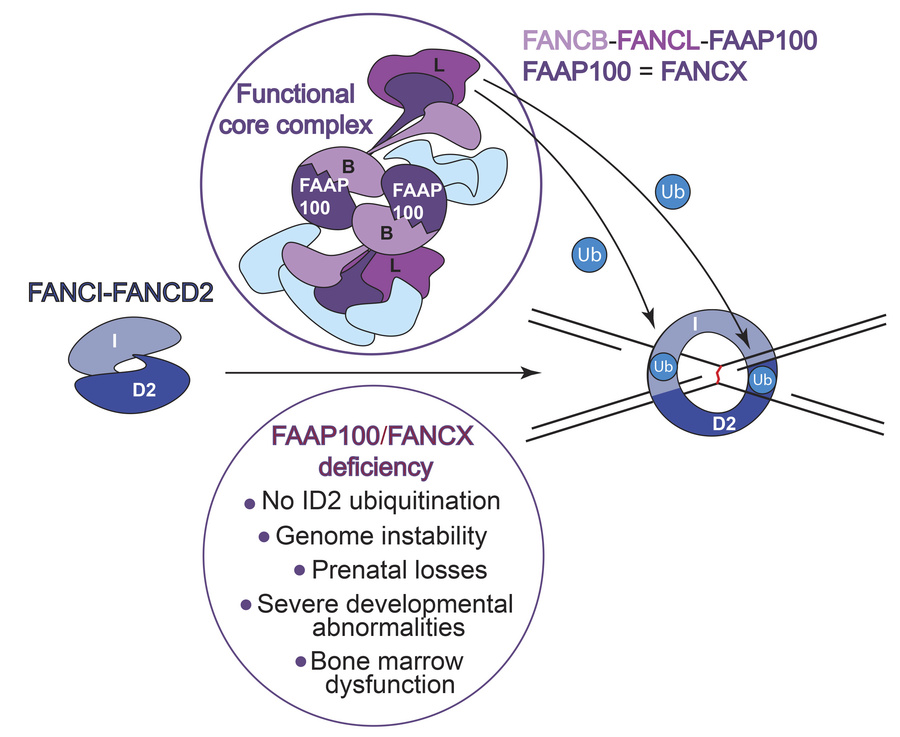2025-05-08 アメリカ国立衛生研究所(NIH)
<関連情報>
- https://www.nih.gov/news-events/news-releases/incidence-rates-some-cancer-types-have-risen-people-under-age-50
- https://aacrjournals.org/cancerdiscovery/article-abstract/doi/10.1158/2159-8290.CD-24-1678/762175/Trends-in-Cancer-Incidence-and-Mortality-Rates-in
米国における早期発症および高齢発症年齢層のがん罹患率および死亡率の傾向(2010~2019年) Trends in Cancer Incidence and Mortality Rates in Early-Onset and Older-Onset Age Groups in the United States, 2010–2019
Meredith S. Shiels;Anika T. Haque;Amy Berrington de González;M. Constanza Camargo;Megan A. Clarke;Brittny C. Davis Lynn;Eric A. Engels;Neal D. Freedman;Gretchen L. Gierach;Jonathan N. Hofmann;Rena R. Jones;Erikka Loftfield;Rashmi Sinha;Lindsay M. Morton;Stephen J. Chanock
Cancer Discovery Published:May 08 2025
DOI:https://doi.org/10.1158/2159-8290.CD-24-1678
Abstract
We estimated age-standardized cancer incidence (2010–2019) and mortality rates (2010–2022) in the United States to investigate whether cancer rates have increased at younger ages. Fourteen cancers had incidence rates that increased in at least one early-onset age group (i.e., 15–29-, 30–39-, and 40–49-year-olds)—9 of these also increased in at least one older-onset age group (i.e., 50–59, 60–69, and 70–79; i.e., female breast, colorectal, kidney, testicular, uterine and pancreatic cancers, and several lymphoid neoplasms). The largest absolute increases in 2019 compared with expected diagnoses based on 2010 rates were female breast (n = 4,834 additional cancers), colorectal (n = 2,099), kidney (n = 1,793), and uterine cancers (n = 1,209). Although there were not concomitant increases in mortality rates for most cancers, colorectal, uterine, and testicular cancer mortality rates increased in early-onset age groups. The drivers of increasing incidence rates are cancer-specific and could include a combination of established and perhaps new etiologic factors, and increased detection.
Significance:
In the United States, incidence rates of some cancers have increased in early-onset age groups. For many of these cancers, rates have also increased in older-age groups, suggesting that the impact of changes in risk factor prevalence and/or improvements in detection could affect risk across the age range.



